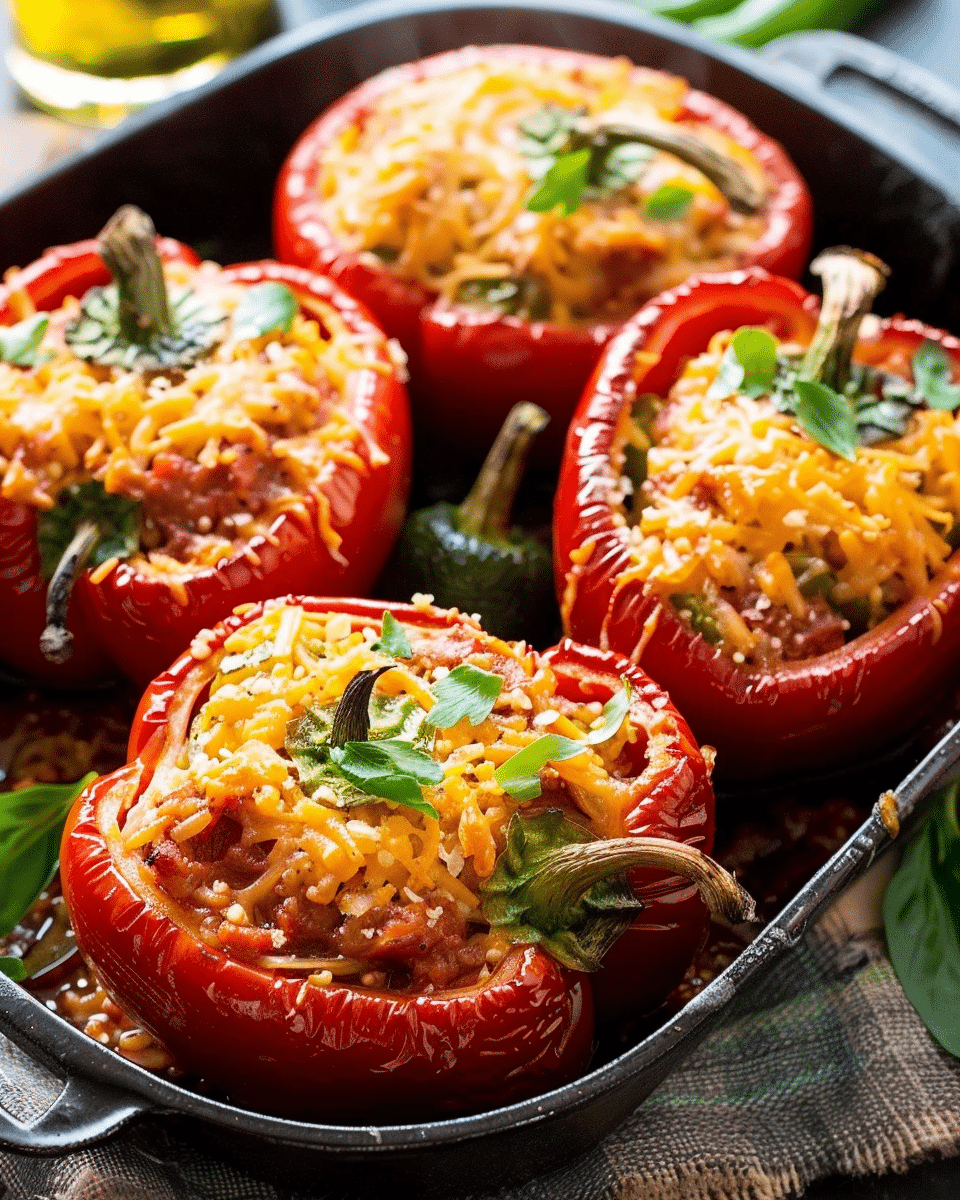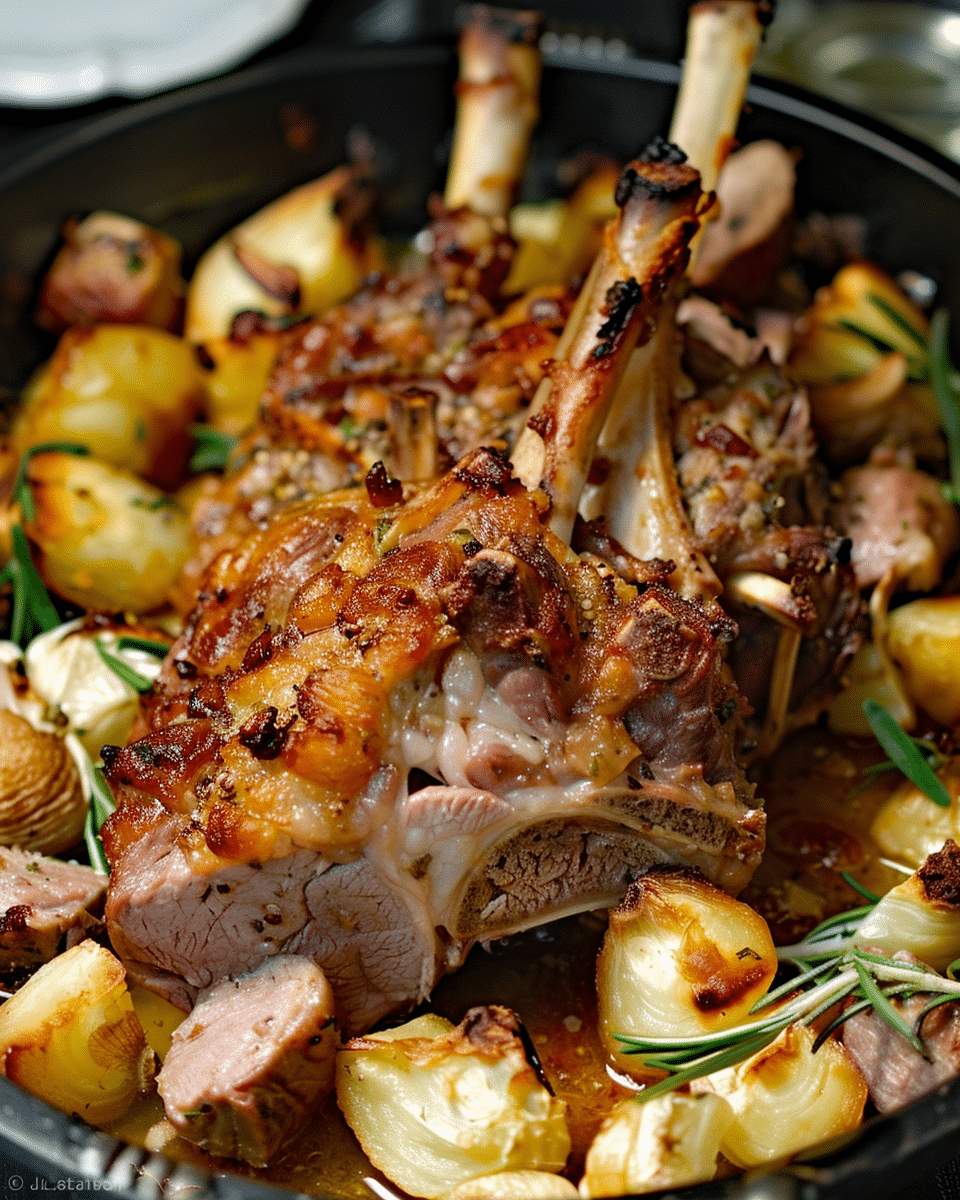In the film “Hunger,” Cry Baby Noodles or Pad Ngor Ngae steal the show as a Thai culinary gem. This stir-fried dish, filled with rice noodles, lap cheong, and dried shrimp, among other ingredients, delivers a smoky charm and spicy mix that might make you tear up.
Overview Of The Movie “Hunger”
The 2023 Netflix film “Hunger” takes place in Bangkok’s old quarter, focusing on Aoy, a young woman who manages her family’s stir-fried noodle restaurant. Her culinary journey changes when she gets an invite from Team Hunger, led by the renowned and strict Chef Paul, to join Thailand’s elite chef’s table team. Despite reservations, encouragement from her father and mentor, Chef Mark, convinces her to seize this chance for growth and innovation.
In the high-pressure kitchen of team Hunger, Aoy faces Chef Paul’s exacting standards, navigating the challenges with resilience and a thirst to excel. Her culinary style evolves, blending traditional Thai flavors with her distinctive flair. Her experiments and newfound confidence gradually earn her the team’s and Chef Paul’s respect.
The pivotal moment arrives when Chef Paul entrusts Aoy with crafting the menu for a significant event. Embracing the challenge, Aoy’s diligent exploration of ingredients and flavors culminates in a menu that earns accolades from the event’s attendees, solidifying her status as a commendable chef.
“Hunger” is a heartfelt narrative of determination, culinary innovation, and the realization of Aoy’s gastronomic aspirations, all while highlighting the richness of Thai cuisine.
Description of the Noodle Dish
Cry Baby Noodles, or Pad Ngo Ngae, are notable in Thai cuisine for their unique smoky flavor and spicy kick that may cause tears. This stir-fried dish combines rice noodles with lap cheong, dried shrimp, and fish tofu. It includes a tasty mix of garlic, ginger, and eggs. Enhanced with XO sauce, miso paste, and other sauces, it’s stir-fried to perfection for optimal flavor absorption. The final touch is a warm serving, garnished with fresh scallions, showcasing a dish celebrated for its rich flavor and unique ingredients.
The allure of Cry Baby Noodles lies in its bold flavors and the emotional experience it offers. The heat from the chili peppers in the XO sauce may bring tears, a beloved part of this culinary journey. The dish offers a trip through rich umami and spicy XO sauce, ensuring a memorable Thai noodle experience that leaves a lasting impression and a desire for more. Learn more about Thai cuisine.
Is Cry Baby Noodles Identical To Guay Tiew?
Cry Baby Noodles and Guay Tiew are indeed two different culinary delights from Thailand. Cry Baby Noodles, or Pad Ngor Ngae, is a stir-fried dish, rich with ingredients like Chinese sausage, dried shrimp, and a mix of flavorful sauces. It’s known for its smoky essence and the emotional experience it might evoke.
On the other hand, Guay Tiew is a comforting noodle soup, combining rice noodles with broth, meat or seafood, and vegetables, typically accompanied by various condiments to enhance the flavor. While both dishes share the use of rice noodles and their Thai origin, the similarities end there. Cry Baby Noodles are stir-fried and boast a complex flavor palette, thanks to the addition of XO sauce and miso paste, among others. In contrast, Guay Tiew is a soothing soup dish, offering a different, yet equally delightful, culinary experience. In essence, both Cry Baby Noodles and Guay Tiew stand as unique representations of the diverse and rich Thai food culture.
Recipe Section: Make Your Own Cry Baby Noodles
Whip up a flavorful dish of Cry Baby Noodles by stir-frying lap cheong, dried shrimp, and fish tofu, followed by the addition of aromatic garlic and ginger, and eggs. Mix in rice noodles and a blend of XO sauce, miso paste, and other seasonings for a rich taste. Cook until the noodles are tender and the sauce is thick, and garnish with fresh scallions before serving. For a detailed step-by-step guide, visit Cry Baby Noodles Recipe.
Related Noodle Dishes
The world of Thai cuisine is rich and diverse, offering a wide array of noodle dishes beyond Cry Baby Noodles. Each dish carries its unique flavors, ingredients, and preparation methods, reflecting the culinary traditions and innovations of Thai cooking. Below are some related Thai noodle dishes that you might enjoy exploring and tasting:
1. Pad Thai:
- Description: Perhaps the most famous Thai noodle dish, Pad Thai is a stir-fried noodle dish typically made with rice noodles, eggs, tofu or shrimp, bean sprouts, peanuts, lime, and fresh herbs.
- Culinary Experience: Enjoy the delightful interplay of sweet, sour, and savory flavors, combined with the crunch of peanuts and the freshness of lime and herbs.
2. Pad See Ew:
- Description: This is a popular stir-fried noodle dish made with wide rice noodles, Chinese broccoli, and protein (often chicken, pork, or beef), all coated in a savory soy sauce mixture.
- Culinary Experience: Savor the rich, umami flavors and the satisfying chewy texture of the noodles and tender crispness of the vegetables.
3. Khao Soi:
- Description: A famous noodle dish from Northern Thailand, Khao Soi combines boiled and fried egg noodles with a rich, spiced curry broth, typically topped with pickled mustard greens, shallots, lime, and ground chilies.
- Culinary Experience: Relish the creamy, spicy broth, the crunch of the fried noodles, and the array of toppings that allow customization to your taste.
4. Pad Kee Mao (Drunken Noodles):
- Description: Also known as Drunken Noodles, this dish is made with wide rice noodles stir-fried with Thai basil, vegetables, and protein, all in a spicy and savory sauce.
- Culinary Experience: Enjoy the bold, spicy flavors, the aromatic Thai basil, and the hearty noodles and vegetables.
5. Ba Mee:
- Description: A Chinese-influenced Thai noodle dish, Ba Mee typically features egg noodles served with roast pork, wontons, and sometimes a broth on the side.
- Culinary Experience: Experience the chewy egg noodles, savory roast pork, and delicate wontons in this comforting dish.
Exploring Further:
Each of these noodle dishes offers a unique taste of Thai cuisine, showcasing the country’s diverse culinary landscape. As you explore these dishes, consider the various regional influences, ingredients, and cooking techniques that contribute to the distinct flavors and textures of each dish.
FAQs
What are the noodles from Hunger movie? In the film Hunger, the featured noodles are known as Cry Baby Noodles or Pad Ngo Ngae in Thai. This stir-fried dish features rice noodles, Chinese sausage, dried shrimp, fish tofu, and eggs. Blended with XO sauce, miso paste, garlic, ginger, and more, it offers a rich and flavorful taste.
What is Ngo Ngae noodles? Ngo Ngae noodles, or Pad Ngo Ngae, stand as a Thai stir-fried noodle dish. It’s made using rice noodles, Chinese sausage, dried shrimp, fish tofu, and eggs, along with a mix of sauces including XO sauce, miso paste, and others. Known for its smoky flavor, this dish is famed for its spicy heat, which can bring tears to your eyes.
Why was noodles being hunted? In Hunger, noodles aren’t literally hunted. The intrigue lies in the undisclosed ingredient in Aoy’s Cry Baby Noodle recipe, which several characters in the film are eager to discover. This adds a layer of mystery to the story.
What is the movie A Taste of Hunger about? A Taste of Hunger is a 2015 American romantic comedy. It tells the story of a food critic who unexpectedly falls for a chef. This film holds no connection to the Thai movie Hunger.
Conclusion
In the film Hunger, Cry Baby Noodles or Pad Ngor Ngae star as the highlighted noodle dish. This Thai dish, made with rice noodles, Chinese sausage, and shrimp, delivers a tear-inducing smoky flavor.
In the narrative of Hunger, Cry Baby Noodles represent home, affection, and familial bonds. This unique and tasty Thai dish is a treat for noodle enthusiasts and Thai food lovers alike. If you’re eager to explore a new noodle dish, give Cry Baby Noodles a try! Embrace the emotional and flavorful journey it brings!
We Value Your Feedback!
Your thoughts and opinions are important to us! We warmly invite you to share your feedback on this article and the Cry Baby Noodles recipe. Did you find the information helpful and engaging? Have you tried making the Guay Tiew at home? How was your culinary experience?
How To Provide Feedback:
- Leave a Comment: Use the comment section below to share your thoughts, questions, and experiences. Engage with other readers and exchange culinary tips and ideas.
- Contact Us: Feel free to send us a message directly if you have detailed feedback or inquiries. Our contact information is available on the website.
- Social Media: Connect with us on our social media platforms. Share your photos of your Cry Baby Noodles dish, tag us, and use the hashtag #GuayTiewJourney. Let’s celebrate the joy of cooking and eating together!
Thank you for taking the time to read and explore the world of Thai noodle dishes with us. Your participation and feedback enrich our community, promoting a global space for food lovers to connect, share, and learn together. Happy cooking and tasting, and we look forward to hearing from you soon!









